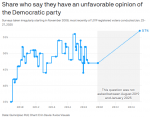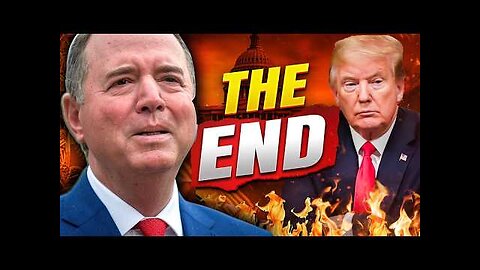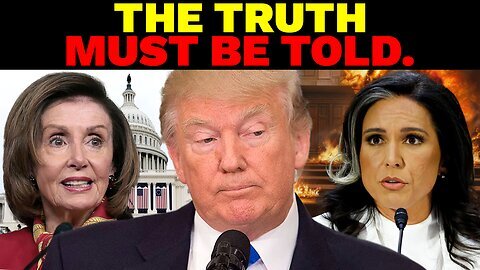Bryan Ardis is a good Dr. He's been publicly vocal about the poisons that the pharma government inject everyone with.
Did you hear Trump and the billionaires that he's giving 500 MORE billions of dollars too, that's Americans he's stealing it from...
In spite of the good he promises to do, Trump is either extremely gullible or extremely evil. I've been publicly vocal when he does right and pray for him. However his biggest goal is to push more of the mRNA poisons on America. This is worse than a bad apocalyptic movie.
Day 2 back in office.
Half a trillion spending of other people's money to push more drugs.
What do you think about that brother?
Interesting... As you can see, this thread has been running since Aug 2021 and I/we have been keeping a very close pulse on all types of conspiracies or conspiracy theories from both sides of this type of Information Warfare - riddled with tons of indecipherable validation of the origins or sources the orchestrated Dis-Information and Mis-Information that has been spewed by both the Forces for Good (White Hats) and Evil (Deep State)....
As a professional Warfighter and Operations Research Analyst (retired US Marine Infantry Officer, retired out of US Special Operations Command) I have been able to apply my unique insights regarding this type of irregular warfare (invisible shadow warfare behind the scenes) along with my ability to employ my data analytic research skills to be able to dig to find information/data that is either verifiable or not to then use discernment along with the collective insights from trustworthy sources to help substantiate or refute most claims.... To date this thread has served to VALIDATE that all the CONSPIRACIES that the White Hats and Patriot Truthers have asserted have infact been VALIDATED...
From a Strategic Warfare perspective I have already address the FLAWED LOGIC associated with the confusions associated with Trump and/or Musk being on the side of EVIL...
It is important to recognize that this is very clearly a black and white WAR between Forces of Good and Evil...
To assume that all Sides of this War are on the Side of the EVIL DS is simply illogical and flawed given the scope of what we know about this size, shape and complexity of Irregular Hybrid Warfare...
But I/we are always receptive and open to LEARNING from NEW sources and information as the very nature of this Warfare is UNCERTAINTY and along with an ever changing environment...
So to help me along with the other Christian Patriot Truthers here to better understand what we are missing - please share with us the sources of your information - links and citations are always helpful to substantiate the credibility of the sources of the information you provide... Looking forward to learning and discussing so that we can help everyone to tease out the REAL TRUTH...
Given the pace and direction of Trumps Administration and the anticipated confirmation of RFK Jr - I have a sense of DISBELIEF that either Trump or RFK Jr would advocate for more of the mRNA poison upon America...
From the Financial and Economic perspective... I am tracking the DOGE efforts... see Elon's latest...
Early indications and Warnings indicate the TRUMP is accomplishing everything that HE SAID he would do and doing it in RECORD Unprecedented and impossible TIME!!
My analytic and spidey sense tell me that IF HE is also DOING MORE and DIFFERENT things than HE SAID - I would offer that would also appear as FLAWED LOGIC that just is both INFEASIBLE and UNLIKEY and more LIKEY just more MIS-INFORMATION and DIS-INFORMATION with ORIGINS from those SOURCES who remain either suffering who TDS or are true DS Operatives still engaged in this WAR to strive to ELIMINATE TRUMP with continued efforts to DISCREDIT HIM in an ever continued and consistent attempt by the DS Operatives to disrupt and DIVIDE their Enemy... Knowing that their DS GIG is up and it is only a matter of time before their DS SWAMP is Cleaned up and brought to their RIGHTEOUS JUSTICE for Crimes against Humanity and God's Children... There is ONLY one side in this Complex WAR Guilty of those CRIMES!!! The Evil Diabolic DS!!


.jpg)
.jpg)
.jpg)
















